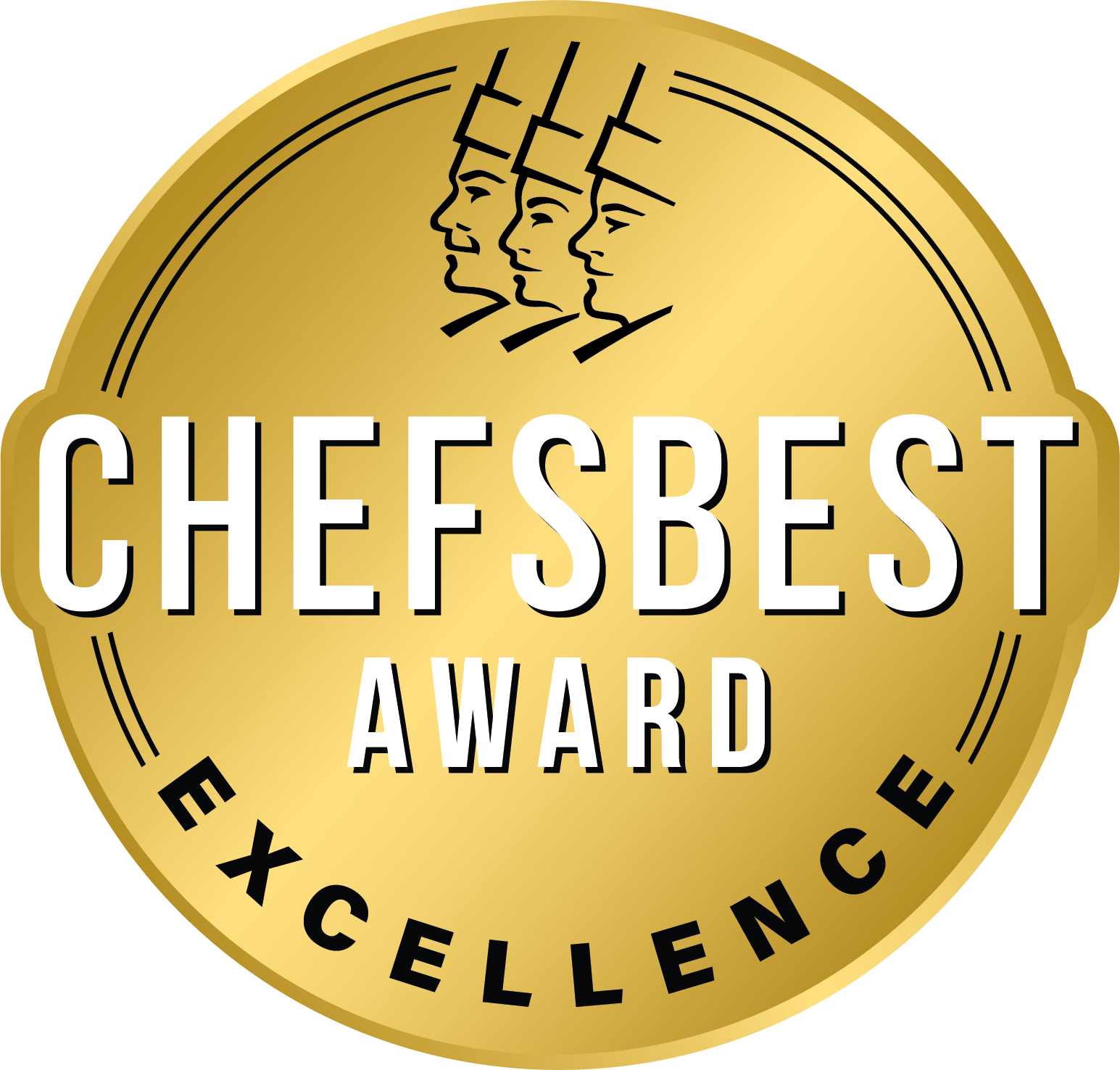Budget Cuts? Here’s How to Make the Most Out of Your CPG Marketing Budget

When your CPG marketing budget get cut, data-informed advertising that emphasizes taste-related claims will help make ad-spend more cost-effective.
Current obstacles like material scarcity, inflation, and shipping issues have led many to believe that budget cuts are inevitable—and for some CPG marketing budgets, it’s already happened.
Simply stopping advertising altogether isn’t an option for food and beverage brands though. When marketing budgets get cut, it’s time to get scrappy and restrategize. That means determining how your ad spend can be more effective, optimizing your online presence, and fine-tuning your messaging to emphasize unique features.
Use Data-Driven Marketing to Increase Advertising ROI
When customer behavior rapidly changes, as it did during the pandemic and during the current inflationary period, it’s understandably tempting to rely on mass marketing. However, an agile marketing strategy that’s prepared for quick changes with dynamic targeting is more likely to see an increased ROI. Some data-driven marketing campaigns have even reported: “5-8x times the ROI on marketing spend.”
The type, timing, and placement of advertising should be informed by consumer data and analytics. That means CPG marketers that regularly test messaging for effectiveness can use collected data to quickly adapt to emerging consumer trends and behaviors.
McKinsey & Company expanded on this idea and added, “Marketers who really push the limits are using artificial intelligence (AI) to monitor campaigns and interrogate responses at a detailed level, to learn not only what works and what doesn’t but for which segments, at what times, and over which channels—and then to adjust their strategy based on those insights.”
The bottom line is that investing in analytics tools using savings gained from budget cuts will help make future marketing campaigns more cost-effective.
CPG Brands Must Optimize Their E-Commerce Presence
Unless data says otherwise, having a robust digital presence is essential for CPG marketing. The simplest explanation is that brands need to advertise where their customers are—and they’re probably online.
Between 2021 and 2022, the global food and beverage e-commerce market increased from $46.72 billion to $57.09 billion. One report even states, “The food & beverages e-commerce market is expected to grow to $109.23 billion in 2026 at a CAGR of 17.6%.” And that’s with global supply chain issues, various economic sanctions between countries, and increased prices.
Clearly, people are purchasing food and beverage products online whether it’s from their smartphone, tablet, computer, or even from VR devices. That means CPG brands need to adjust their advertising strategies to accommodate the way consumers are currently buying products.
Perhaps one of the most important places to start is by optimizing your Amazon presence. One consumer survey found that “…44 percent of respondents said they go directly to Amazon to start their product searches. That compares to 34 percent who said they use search engines like Google, Bing, and Yahoo to search for products. Just 21 percent of searchers said they start on a retailer site…”
That’s not to say that optimizing other online channels (brand website, social media, etc.) isn’t also necessary. Things like seamless mobile experiences, efficient checkout processes, and top site speed and security help minimize hassle and improve the customer experience.
Emphasize High-Quality Taste With Food Awards
For food marketing, in particular, emphasizing superior taste is essential. Yes, there are customers who purchase products purely based on their price point. However, one report found that “Most shoppers consider the taste of food products to be the deciding factor in their purchase decision while close to 30 percent are guided by item prices first.”
With that in mind, conveying the quality of a food and beverage product is essential. However, simply adding terms like “great tasting” or “best tasting” to labels or advertising doesn’t provide enough substantiation for modern consumers. That’s why displaying food awards is necessary.
Since taste is such a subjective quality, food awards help substantiate taste-related ad claims. To be awarded the ChefsBest Medallion, for example, a team of sensory experts will undergo a carefully controlled blind food tasting. If a product surpasses the food tasting standards, it then gains the ability to license the award on packaging.
Once a marketing team has decided on the most efficient advertising strategy, they can then convey this information where and when it will be most effective. CPG marketing budget cuts can be difficult, but they’re also an opportunity to fine-tune your messaging and determine where your ad spend will be most effective.
Want insight from an expert in the industry? Tune in to How Can Brands Plan For an Uncertain Future. In this episode of our podcast, Beyond the Shelf, Walker Smith of Kantar discusses how brands can adapt to the ever-changing market during times of uncertainty.
To stay up-to-date with trends and news in the food & beverage industry, follow us on social media: Facebook, Twitter, Instagram, and LinkedIn – and check out more of our blogs.
